
Kunwar Natwar Singh, IFS is an Indian diplomat and politician who served as the Minister of External Affairs from May 2004 to December 2005.
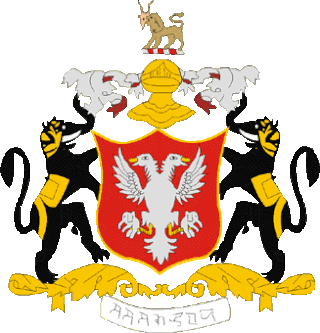
The Wadiyar dynasty, is a late-medieval/early-modern South Indian Hindu royal family of former kings of Mysore from the Urs clan originally based in Mysore city.
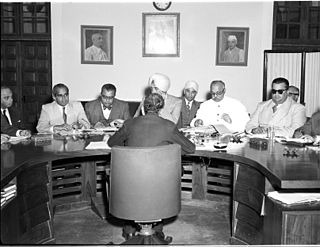
Rajpramukh was an administrative title in India which existed from India's independence in 1947 until 1956. Rajpramukhs were the appointed governors of certain Indian provinces and states.
Maharani Kishori was the wife of Maharaja Suraj Mal of Bharatpur in Rajasthan, India. She was from Hodal, a town in the modern day Palwal district of Haryana, near Mathura and Bharatpur. The house her husband built for her in Bharatpur is now a monument protected by the government of Rajasthan.

The Kachhwaha, or Kachawa is a Rajput clan found primarily in India.

Jayachamarajendra Wadiyar, sometimes simply Jayachamaraja Wadiyar, was the twenty-fifth and last ruling Maharaja of Mysore, reigning from 1940 to 1950, who later served as the governor of Mysore until 1964 and as governor of Madras from 1964 to 1966.

Cooch Behar, also known as Koch Bihar, was a princely state in India during the British Raj. The state was placed under the Bengal States Agency, part of the Eastern States Agency of the Bengal Presidency. It is located south of the Himalayan kingdom of Bhutan, in present-day West Bengal.

The maharaja of Mysore was the king and principal ruler of the southern Indian Kingdom of Mysore and briefly of Mysore State in the Indian Dominion roughly between the mid- to late-1300s and 1950. The maharaja's consort was called the maharani of Mysore.
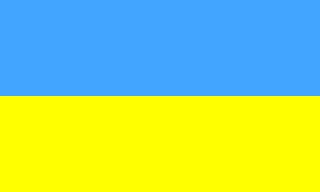
Dhaulpur State or Dholpur State, historically known as the Kingdom of Dholpur, was a kingdom of eastern Rajasthan, India, which was founded in AD 1806 by a Jat ruler Rana Kirat Singh of Gohad. After 1818, the state was placed under the authority of British India's Rajputana Agency. The Ranas ruled the state until the independence of India in 1947, when the kingdom was merged with the Union of India.
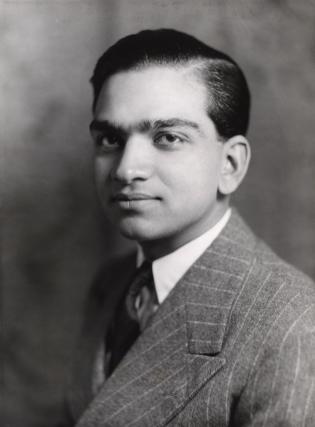
Major General Maharaja Sawai Man Singh II GCSI GCIE was an Indian prince, government official, diplomat and sportsman.

Brigadier Maharaja Sawai Bhawani Singh MVC was an officer in the Indian Army and an entrepreneur.

General Maharaja Sir Ganga Singh,, was the ruling Maharaja of the princely state of Bikaner from 1888 to 1943. As a member of the Imperial War Cabinet, he was present in the Palace of Versailles during The Signing of Peace in the Hall of Mirrors.
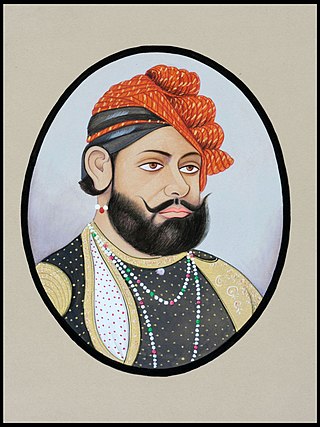
Maharaja Jashwant Singh (1851-1893) was the Jat ruler of the princely state of Bharatpur from 1853 to 1893 in Rajasthan, India. His successor was Maharaja Ram Singh.
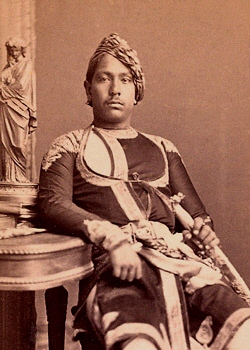
Maharaja Ram Singh Kaiser-i-Hind was the ruling Maharaja of the princely state of Bharatpur (1893–1900) and the successor of Maharaja Jaswant Singh. His ruling powers were suspended on 10 August 1900 after the murder of one of his personal servants after which he was exiled to Agra. He was succeeded by his wife Maharani Girraj Kaur who was the regent for her son Kishan Singh from 27 August 1900 to 28 November 1918 until he came of age.
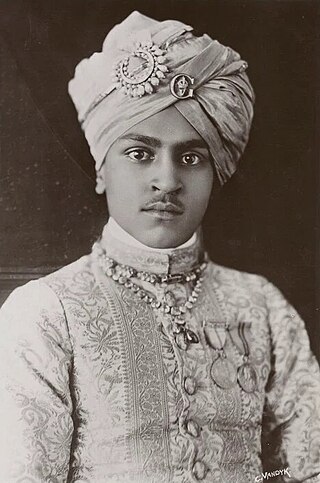
Maharaja Sir Kishan Singh, KCSI (1899–1929) was the ruling Maharaja of the princely state of Bharatpur (1918–1929) and successor of Maharani Girraj Kaur. During the Partition, the princely states of Alwar and Bharatpur were the sites of a pogrom directed against the Muslim Meo community.

Maharajah Sir Jagatjit Singh Sahib Bahadur was the last ruling Maharaja of the princely state of Kapurthala in the British Empire of India, from 1877 until his death, in 1949. He ascended to the throne of Kapurthala state on 16 October 1877 and assumed full ruling powers on 24 November 1890 as well indulging in traveling the world and being a Francophile. He was born in an Ahluwalia Sikh family. He received the title of Maharaja in 1911. He built palaces and gardens in the city of Kapurthala; his main palace, Jagatjit Palace there was modelled on the Palace of Versailles. He also built a gurdwara at Sultanpur Lodhi.
Sir Lakshman Singh GCIE KCSI was the last ruling Maharawal (Maharaja) of the princely state of Dungarpur from 1918 to 1989, a former MP in the Rajya Sabha and speaker of the Rajasthan Legislative Assembly from July 1977 to June 1979.

Mehtab Kaur, was the second wife of the ninth and the last Maharaja of Patiala Yadavindra Singh (1913–1974). She was the mother of Amarinder Singh, the former Chief Minister of Punjab. Had it not been for the erstwhile Indian princely families being stripped of their titles in 1971, upon the death of her husband she would have been considered Rajmata, and in popular usage is commonly referred to as such.

Bharatpur State, which is also known as the Jat State of Bharatpur historically known as the Kingdom of Bharatpur, was a Hindu Kingdom in the northern part of the Indian subcontinent. It was ruled by the Sinsinwar clan of the Hindu Jats. At the time of reign of king Suraj Mal (1755–1763) revenue of the state was 17,500,000 rupees per annual.

Alwar State was a kingdom from 1770 to 1818 and a princely state under British rule from 1818 to 1947. Initially its capital was Macheri and then the city of Alwar. The nobility of Alwar State belonged to the Naruka branch of the Kachwaha dynasty. The kingdom was established by Naruka chief Rao Raja Pratap Singh in 1770 CE. Alwar State was one of the 19 princely states of former-Rajputana, which existed at the time of Indian Independence. The last reigning ruler, Maharaja Sir Tej Singh Prabhakar Bahadur, signed the accession to the Indian Union on 7 April 1949.


















